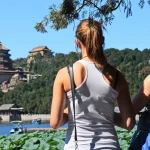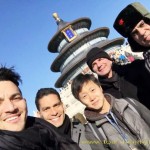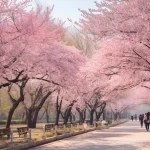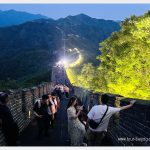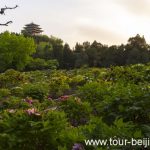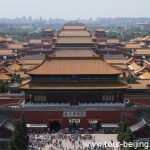How to Visit Yinchuan in 2 Days
Yinchuan (银川) is the capital city of Ningxia ( Ningxia Hui Autonomous Region ) in the northwest of China. If you are planning Yinchuan tour, Yichuan is your jumping-off point to other places in Ningxia and Alxa (Alashan) League in Inner Mongolia as well with its plentiful flights and trains connecting the major cities in…
